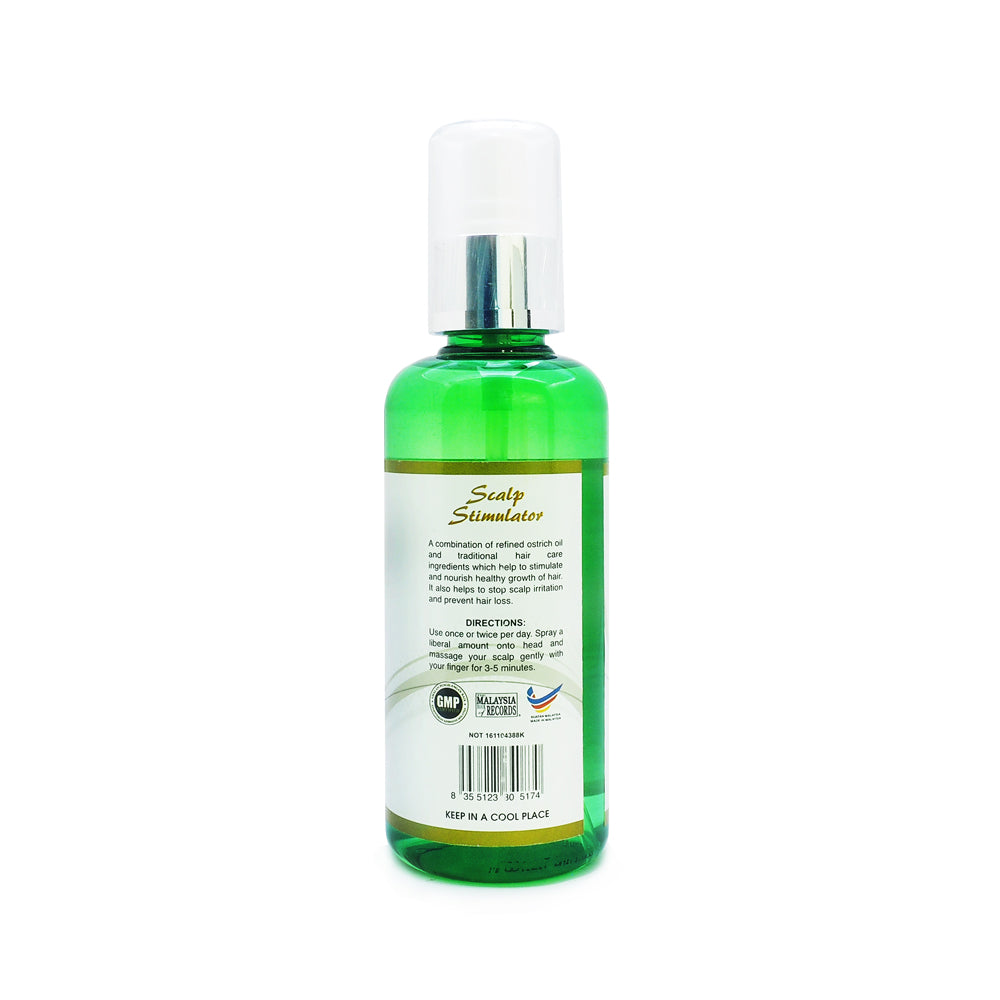


However, there are conditions that can affect an individual’s hair growth. A person sheds an average of 100 hairs per day, although this can increase with shampooing and other hair care practices.

Telogen: This stage is the resting phase, which lasts for around 3 months.Īfter the telogen phase, the scalp sheds inactive hairs.Catagen: This stage describes the transitional period between anagen and telogen phases.At any point, 85–90% of hair follicles are in this stage of growth. Anagen: This stage is the growth phase, which lasts 2–6 years.Hair goes through three stages of hair growth: What is depression? A Mayo Clinic expert explains.The average person has around 80,000–120,000 hairs on their scalp, and each year, their hair grows approximately 6 inches.Depression and anxiety: Can I have both?.Clinical depression: What does that mean?.Antidepressants: Which cause the fewest sexual side effects?.Antidepressants: Selecting one that's right for you.Antidepressants: Can they stop working?.Antidepressants and weight gain: What causes it?.Antidepressants and alcohol: What's the concern?.Antidepressant withdrawal: Is there such a thing?.Philadelphia, Pa.: Saunders Elsevier 2012. In: Neurostimulation for the Treatment of Chronic Pain. A Narrative Review of Evidence-Based Preventive Options for Chronic Migraine. Long-term occipital nerve stimulation for drug-resistant chronic cluster headache. Long-term outcome in occipital nerve stimulation patients with medically intractable primary headache disorders. Occipital nerve stimulation for the treatment of intractable chronic migraine headache: ONSTIM feasibility study. Safety and efficacy of peripheral nerve stimulation of the occipital nerves for the management of chronic migraine: Long-term results from a randomized, multicenter, double-blinded, controlled study. Neurostimulation for primary headache disorders, part 1: Pathophysiology and anatomy, history of neuromodulation in headache treatment, and review of peripheral neuromodulation in primary headaches. Neurostimulation therapies for primary headache disorders: Present and future. Long-term outcomes of occipital nerve stimulation for chronic migraine: A cohort of 53 patients. Neurotherapeutics: The Journal of the American Society for Experimental Neurotherapeutics. Occipital nerve stimulation for headache disorders. The bottom line? Although there's some evidence that occipital nerve stimulation may be effective in the treatment of chronic headache disorders, more studies are needed before the approach can be considered a routine headache treatment. But both of these studies were without a blinded comparison group (uncontrolled), and a placebo effect may explain some of these benefits. Another suggested a similar benefit for people with chronic cluster headache up to six years after treatment. One study suggested about 40 percent of people with chronic migraine reported a sustained benefit up to four years after occipital nerve stimulation. In addition, studies on occipital nerve stimulation so far have included only a small number of participants, and long-term results are limited. Research shows occipital nerve stimulation may improve headaches for some people, but the results are inconsistent. Risks associated with occipital nerve stimulation include the possible need for surgical revision of wire placement after the procedure, as well as infection, pain and muscle spasms.
SCALP STIMULATOR GENERATOR
The pulse generator is often implanted under the collarbone (clavicle), but the abdominal and buttock (gluteal) areas also are options. In occipital nerve stimulation, your doctor implants a small device at the base of the skull with leads connected to a power source (pulse generator) that sends electrical impulses to the occipital nerve. The occipital nerve originates at the base of the neck.


 0 kommentar(er)
0 kommentar(er)
